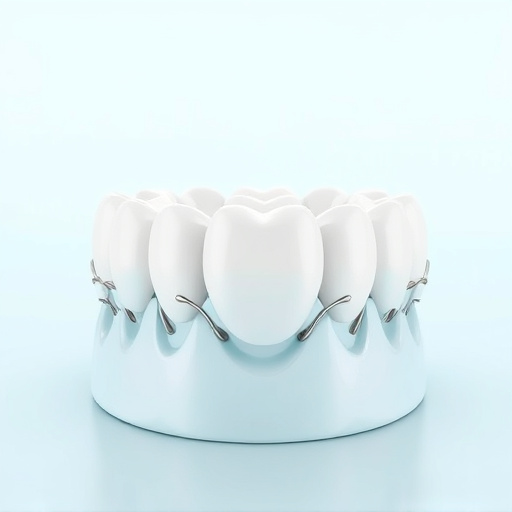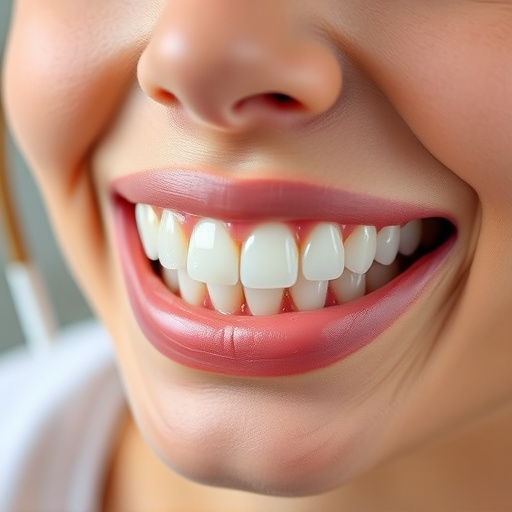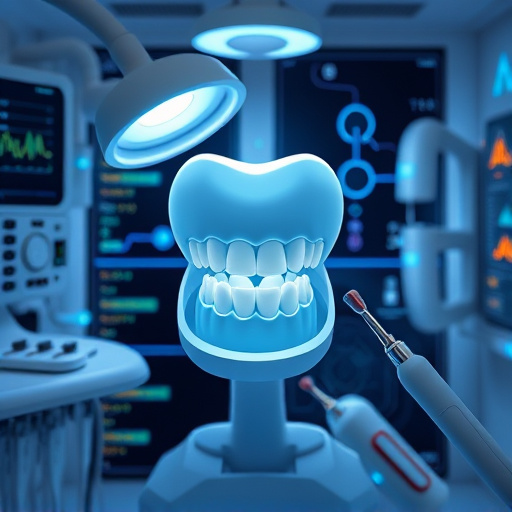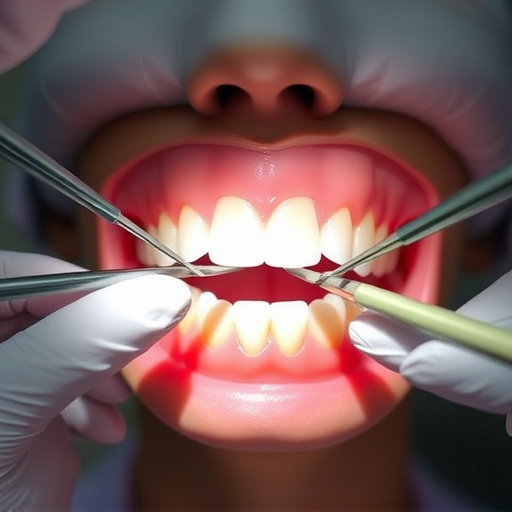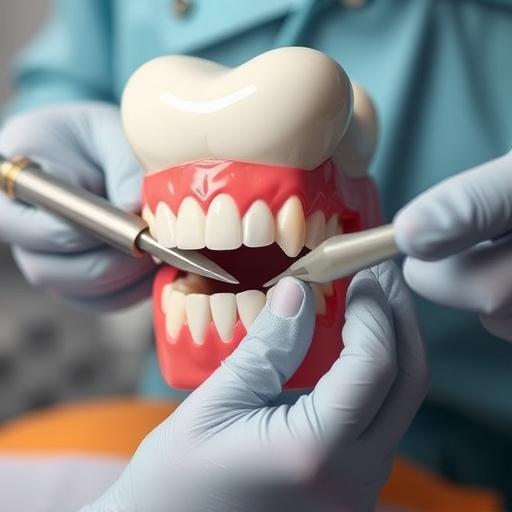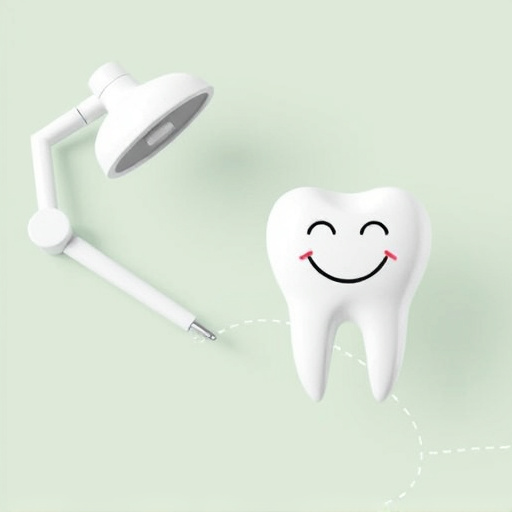Gum disease, driven by poor oral hygiene and factors like smoking, causes tissue damage and bone loss if untreated. Recognize symptoms like bleeding gums, bad breath, and loose teeth for early detection. Treatment options include deep cleaning (scaling & root planing), surgical interventions (periodontics), mouthwashes, tooth repair, and gum contouring. Proactive measures include daily brushing with fluoride toothpaste, flossing, using mouthwash, a balanced diet rich in essential vitamins and minerals, avoiding tobacco products, and regular dental check-ups every 6 months to prevent complications like tooth extractions or implants.
Swollen and bleeding gums can be a symptom of gum disease, a common yet often overlooked oral health issue. This article explores effective gum disease treatment methods for addressing swollen and bleeding gums. We delve into the underlying causes and symptoms, providing insights into recognizing the problem early. Additionally, we offer preventive measures to maintain healthy gums and discuss various treatment options, ensuring you have the tools needed to combat gum disease effectively.
- Understanding Gum Disease: Causes and Symptoms
- Treatment Options for Swollen and Bleeding Gums
- Preventive Measures to Maintain Healthy Gums
Understanding Gum Disease: Causes and Symptoms
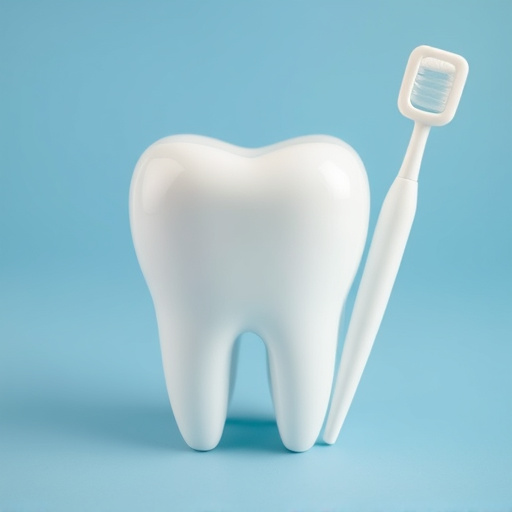
Gum disease, a common oral health issue, refers to an infection of the gums caused by bacteria. It can be a serious condition if left untreated, leading to potential damage to gum tissue and even bone loss. Understanding both the causes and symptoms is crucial for effective gum disease treatment.
The primary cause is often poor oral hygiene, where plaque buildup on teeth encourages bacterial growth. Other factors include certain medications, hormonal changes, genetics, and habits like smoking. Symptoms typically include swollen, red, or bleeding gums, bad breath, loose teeth, and painful chewing. In more advanced cases, you might notice receding gums, persistent mouth sores, or even puss-filled pockets around the teeth. Early detection is key, as prompt gum disease treatment can prevent complications, making it an essential aspect of maintaining overall oral health.
Treatment Options for Swollen and Bleeding Gums

When it comes to treating swollen and bleeding gums caused by gum disease, several effective options are available. The initial step often involves a deep cleaning procedure known as scaling and root planing. This process removes plaque and tartar buildup from below the gumline, promoting gum healing. In more severe cases, surgical interventions like periodontics might be recommended to address deeper inflammation and bone loss.
Additionally, general dentistry practices offer various solutions, including prescription mouthwashes for improved oral hygiene and tooth repair techniques to restore damaged teeth. For those seeking enhanced cosmetic results, cosmetic dentistry procedures such as gum contouring can improve the overall appearance of the smile. These treatments, combined with proper oral care at home, can effectively manage gum disease and prevent future complications.
Preventive Measures to Maintain Healthy Gums

Maintaining healthy gums is an essential part of preventing gum disease treatment. Regular oral hygiene practices are crucial; brushing your teeth twice a day with fluoride toothpaste and flossing once daily can significantly reduce the risk of gingival inflammation. Additionally, using mouthwash can help kill bacteria and freshen breath. A balanced diet rich in nutrients like vitamins A, C, and D, along with minerals like calcium and phosphorus, is vital for gum health. These nutrients support collagen production, which strengthens gums and helps them resist infection.
Other preventive measures include avoiding tobacco products, as smoking and chewing tobacco are significant risk factors for gum disease. Regular dental check-ups and professional cleanings every six months are recommended to remove plaque buildup that brushing and flossing might miss. If you’re experiencing symptoms like swollen or bleeding gums, it’s essential to consult a dentist promptly. Early intervention can prevent the need for extensive procedures like tooth extractions or, in severe cases, dental implants as part of gum disease treatment.
Gum disease, characterized by swollen and bleeding gums, is a common yet preventable condition. By understanding its causes and symptoms, individuals can promptley seek appropriate treatment, which may include deep cleaning, antibiotics, or surgical procedures. Implement preventive measures such as regular oral hygiene practices, a balanced diet, and routine dental check-ups to maintain healthy gums and avoid severe gum disease. Choosing the right gum disease treatment is key to restoring oral health and preventing future complications.



